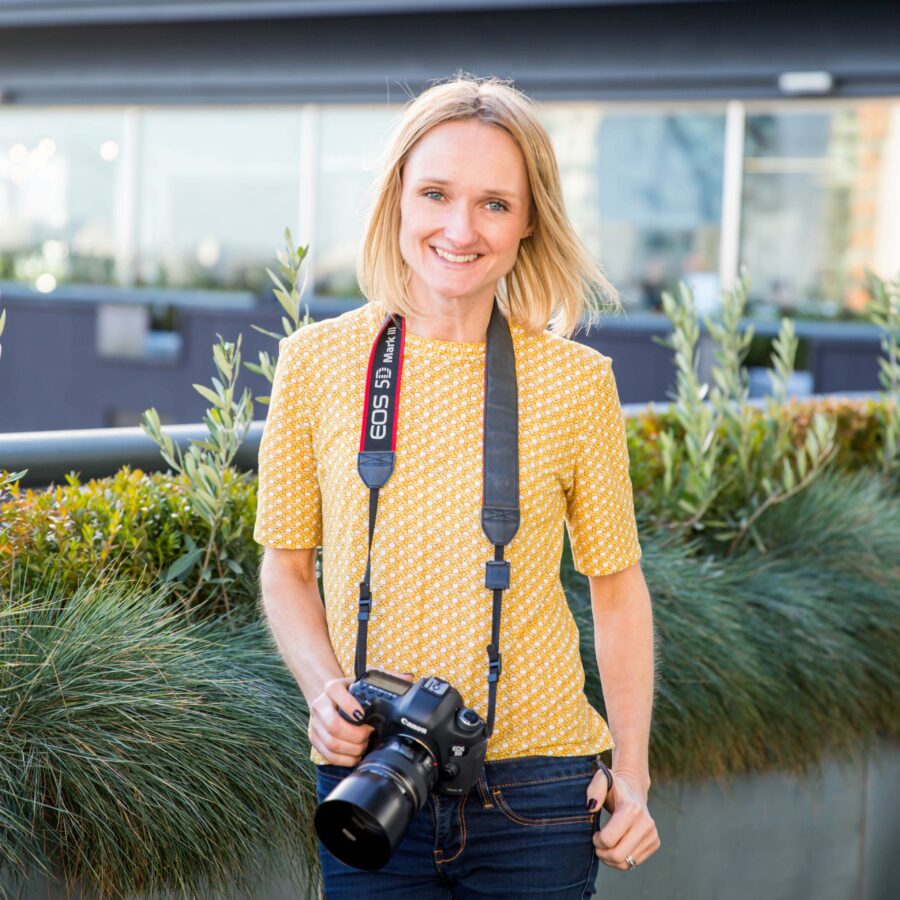Last week I posted about aperture priority mode, one of the 3 pillars of photography (the other 2 being ISO and shutter speed). This week is about ISO. Having an understanding of how ISO works and what it does is key to taking a great photo.
What is ISO??
In very basic terms, ISO (International Standards Organization) is the level of sensitivity of your camera to light. ISO settings can be anywhere from 100 to 6,400 (or higher), and these numbers have a direct relationship with the device’s sensitivity, so a lower number makes it less sensitive and a high number makes it more so.
How can using my camera’s ISO settings help me take better pictures?
1. ISO is key in helping you capture images in low-light environments without having to use a flash and if you’ve read my previous posts you’ll know how much you want to avoid using flash! So if you’re in a low light situation or you simply don’t want to use your flash, crank up your ISO!
2. If your subject is moving and you’re trying freeze the motion for a still (ie active children!), increasing the ISO will increase the shutter speed and help you get clear shots with no blur.
What ISO number should I use when?
Experience and practice will help you to identify which ISO number to use in different situations but in the meantime here is a go to guide to help you along
ISO 100. Suitable for bright light (like outdoors on a sunny day).
ISO 200. Great for overcast or cloudy days.
ISO 400 and 800. Use when the light is getting dim (both outdoors and in)
ISO 1600 and above. Use for indoor when light is low and you need to increase the shutter speed
Beware!
Using a high ISO number does come with a warning. The higher the ISO number, the more noise is introduced into your photo
Notice the noise/grain in the picture on the right using the higher ISO
So, when there is plenty of light, you should always use the lowest ISO (50-100) to retain the most detail and to have the highest image quality
TASK
Expanding on your aperture priority mode practice last week now try increasing your ISO when in a low light setting and see the difference in the exposure of your picture. When you increase the ISO number notice how your camera increases the shutter speed.
Next week: shooting in shutter priority mode




